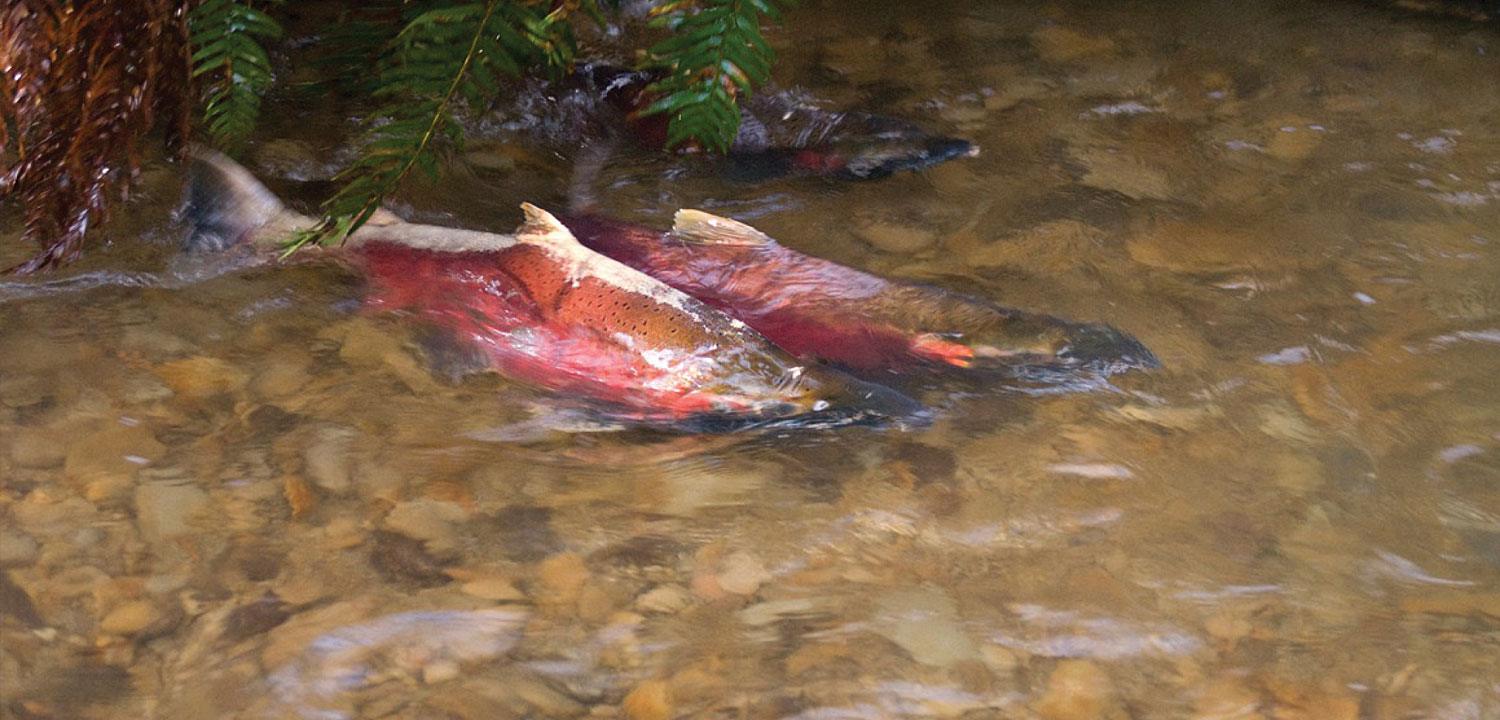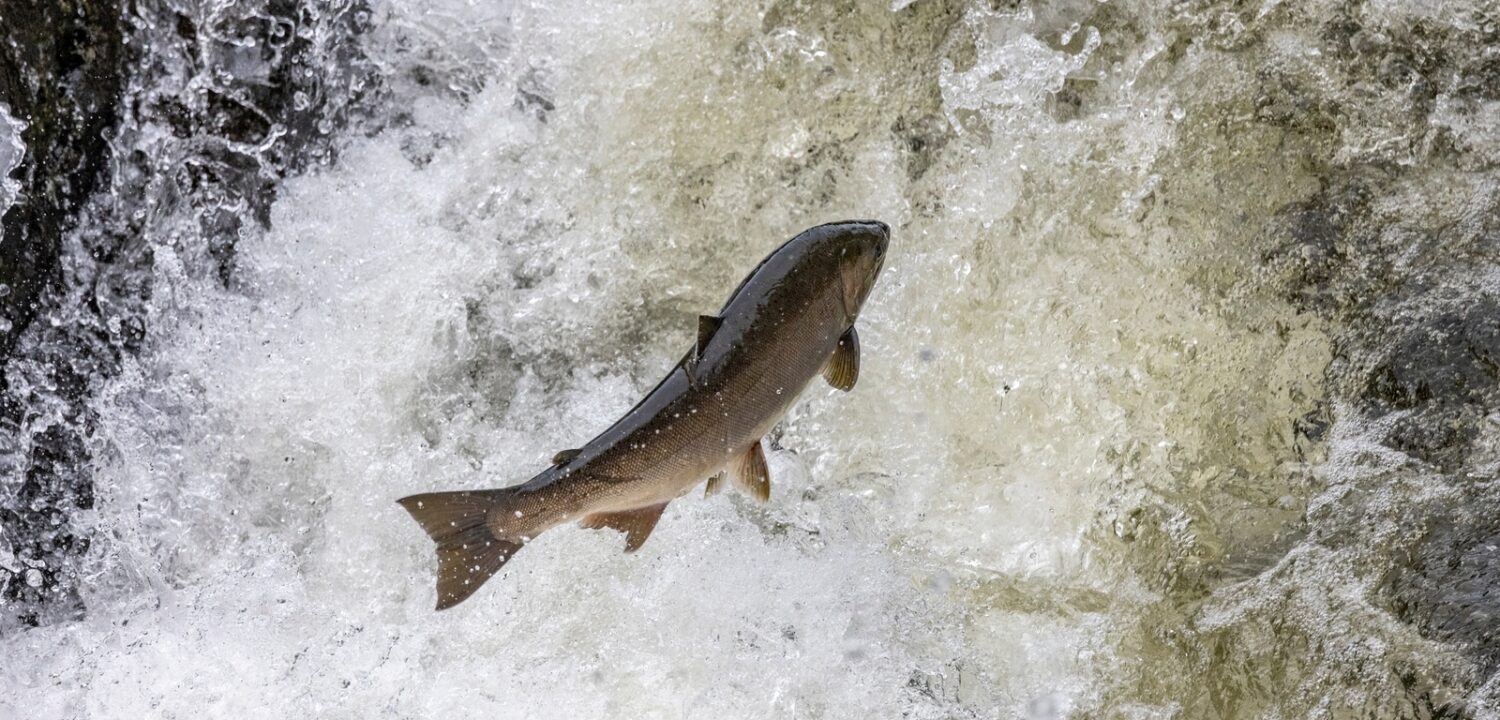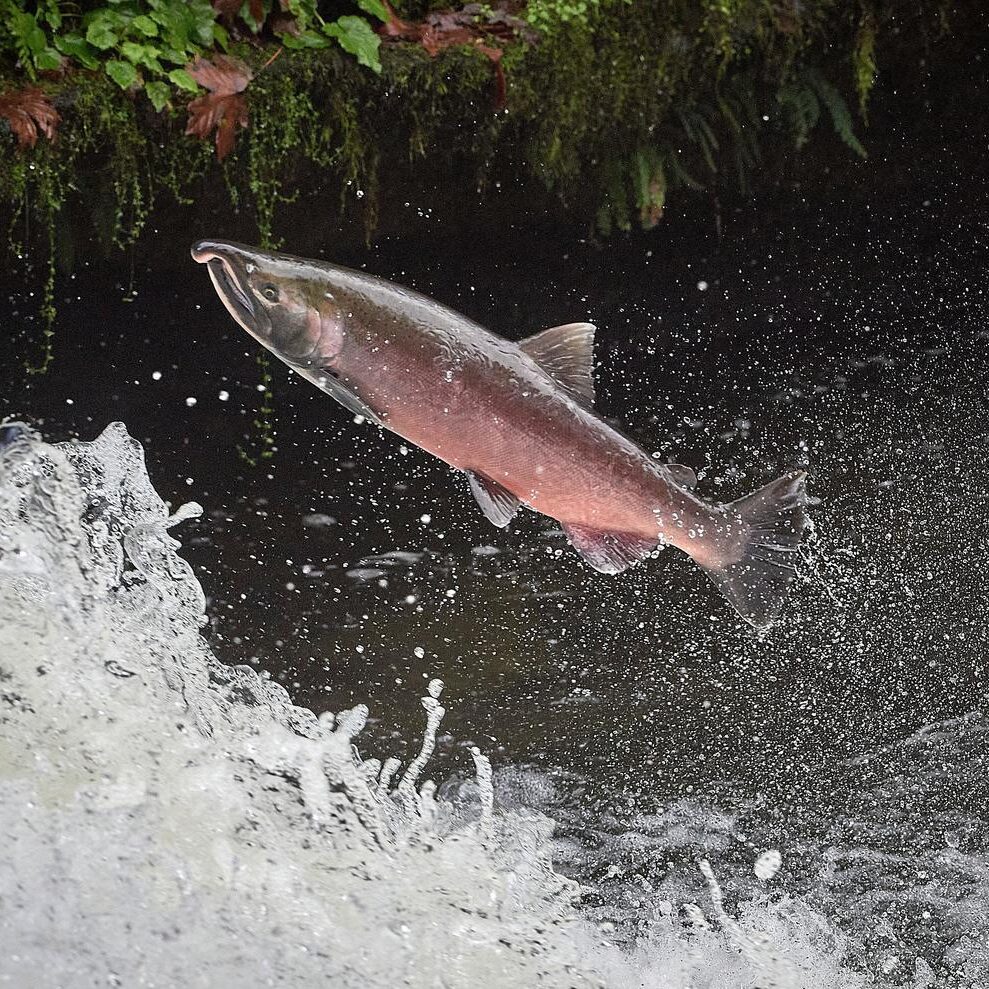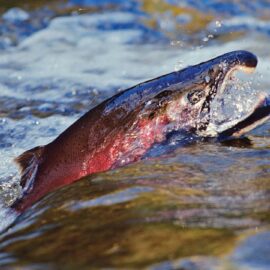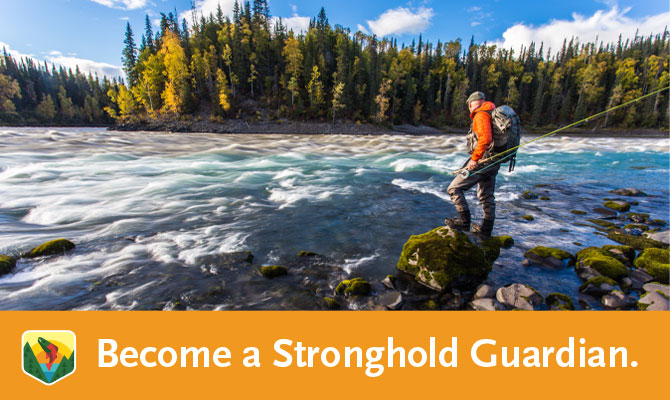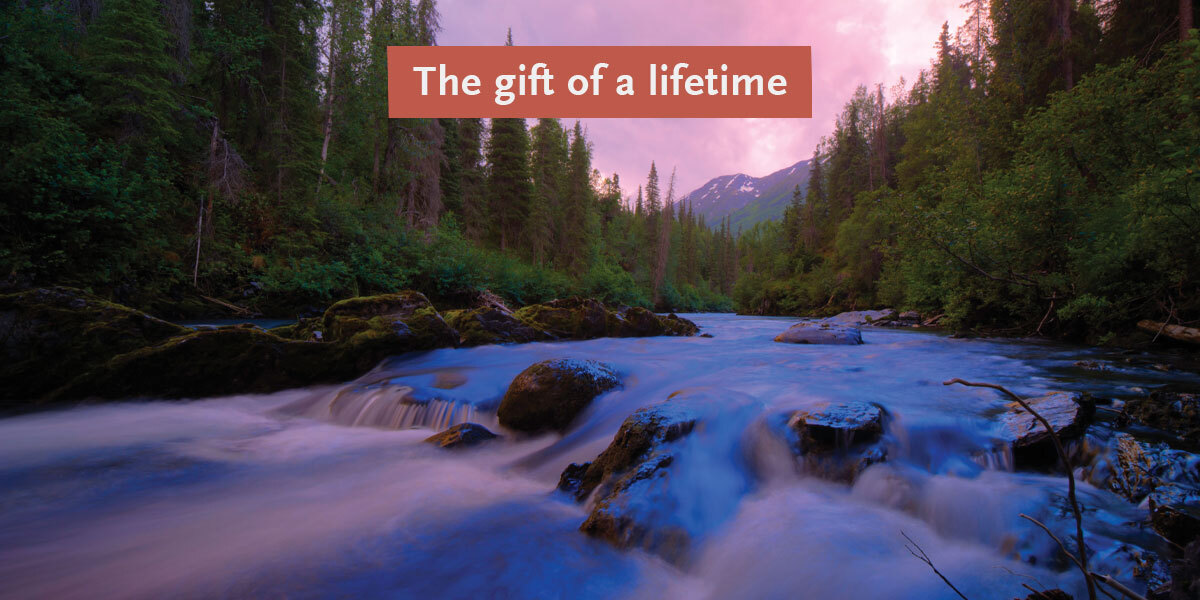Most coho salmon runs are struggling at the southern end of their range. The exceptions overlap with Wild Salmon Center-led restoration.
Every five years, salmon conservationists watch for the National Oceanic and Atmospheric Administration’s status reviews of each endangered species the agency monitors.
For Southern Oregon/Northern California Coast coho—the world’s southernmost coho salmon populations—that five-year check-in just came out. And while the report’s findings aren’t exactly heartening, Wild Salmon Center Senior Habitat Restoration Manager Dr. Tim Elder says there are few takeaways to celebrate.
While most of the 26 independent populations tracked in the report are faring poorly, a notable few show signs of stabilization—and even increasing abundance. NOAA’s report calls out positive trends for coho in Oregon’s Elk River, and hopeful signs in the Rogue and Scott Rivers.
“In Oregon’s Elk and Rogue Rivers, coho seem to be trending in the right direction,” Dr. Elder says. “We don’t think it’s a coincidence that coho are doing better in watersheds where Wild Salmon Center, NOAA, and our local partners are laser-focused on habitat restoration.”
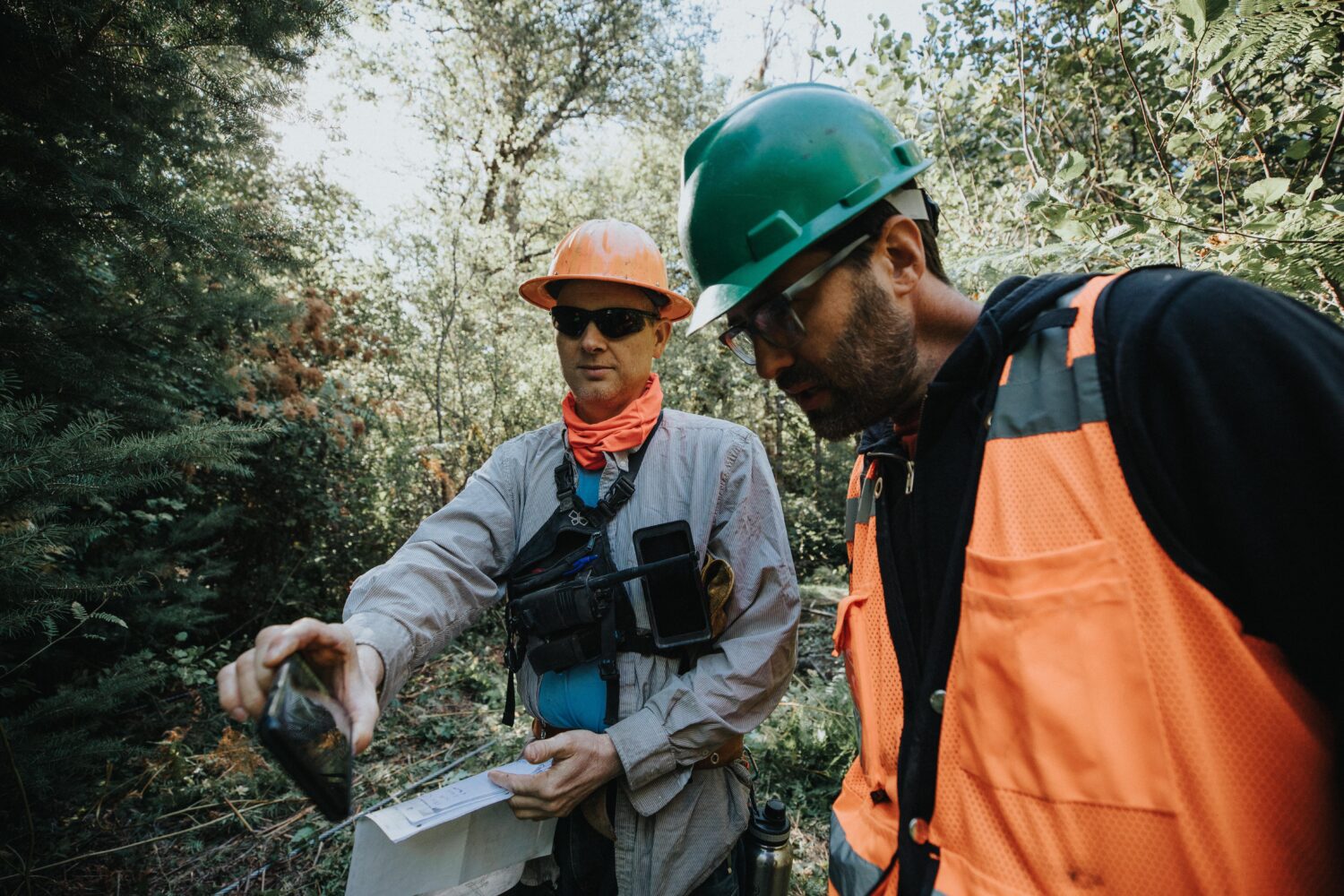
He’s not alone in making the connection between coho recovery and the science-based restoration campaigns led by the WSC-managed Coast Coho Partnership. In a 2022 report, NOAA specifically linked our restoration work to recovery trends for Oregon Coast coho—the coho populations that stretch from Cape Blanco, near Port Orford, Oregon, north to the Columbia River. Two years later, as our restoration work expanded to eight watersheds up and down the Oregon Coast, those positive trends still held.
For Southern Oregon/ Northern California coho, NOAA’s new report repeatedly invokes the Elk River Strategic Action Plan—the first of our watershed-specific roadmaps for coho recovery—as a model for other watersheds. In the Elk, the NOAA report notes, “significant habitat restoration and protection actions… have been implemented to improve degraded habitat conditions and restore fish passage.”
“We don’t think it’s a coincidence that coho are doing better in watersheds where Wild Salmon Center, NOAA, and our local partners are laser-focused on habitat restoration.”
Wild Salmon Center Senior Habitat Restoration Manager Dr. Tim Elder
Dr. Elder says WSC and our local partners agree with NOAA that we must accelerate smart, targeted habitat restoration plans in more coho rivers throughout the region. As the report concludes, “recovery will not be achieved without further habitat restoration”—from expanding streamside buffers to restoring estuaries and tidal wetlands for overwintering fish.
“Coho salmon are at their most vulnerable at the southern edge of their range, where they’re dealing with both climate change and heavy human impacts,” Dr. Elder says. “But as NOAA’s report shows, we absolutely can make their lives better through targeted, strategic habitat restoration. Our strategy works for salmon. It’s time to scale it up.”
“Coho salmon are at their most vulnerable at the southern edge of their range. But we absolutely can make their lives better through targeted, strategic habitat restoration.”
Wild Salmon Center Senior Habitat Restoration Manager Dr. Tim Elder
